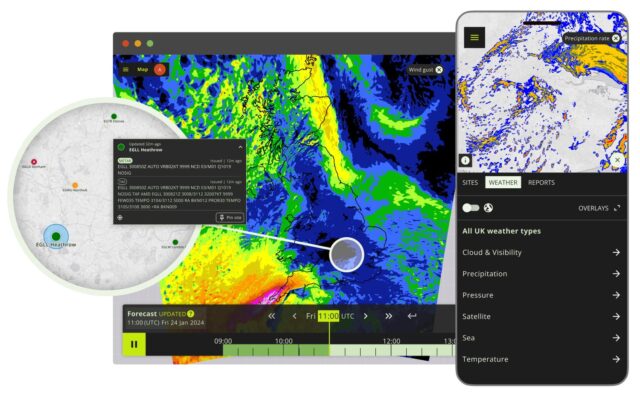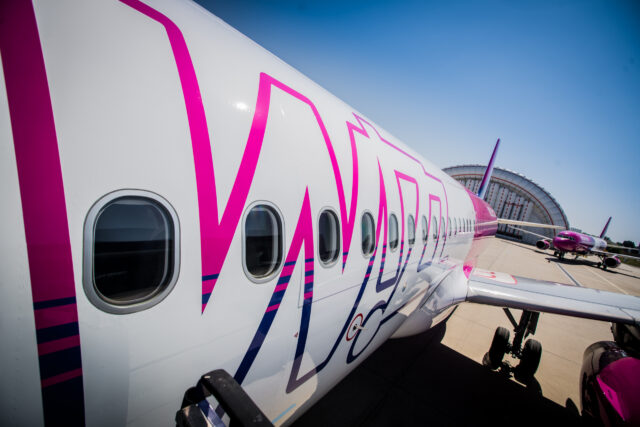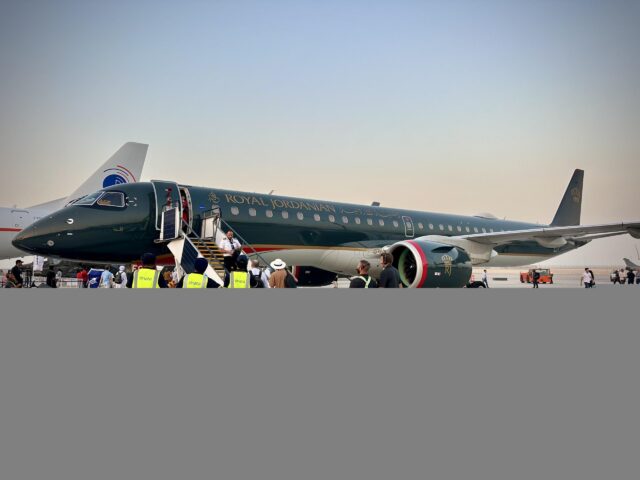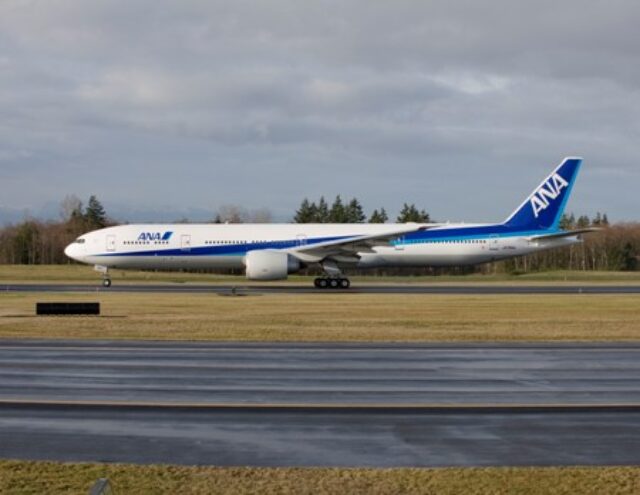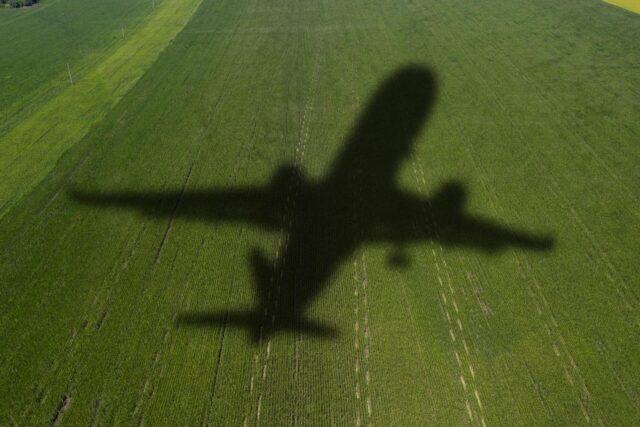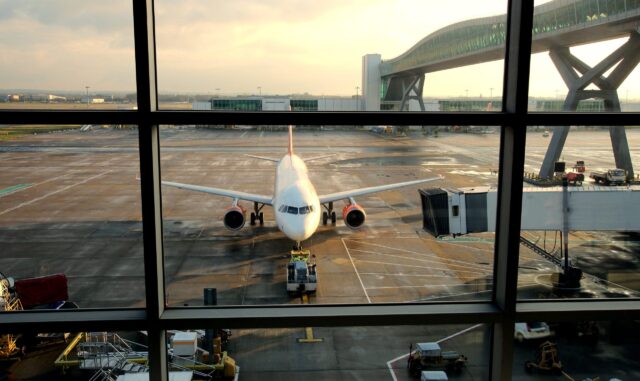Faulty cockpit voice recorder in fatal Pennsylvania Learjet crash
March 7, 2025

The cockpit voice recorder (CVC) of an air ambulance Learjet 55 which crashed in Pennsylvania in January had “likely not been recording audio for several years,” an initial accident investigation report has revealed.
The Mexican-registered Learjet (registration XA-UCI), operated by Jet Rescue Air Ambulance, had been conducting a medical transport mission en-route to Missouri when it crashed shortly after taking off from Northeast Philadelphia Airport. The two pilots, two medical crewmembers and two passengers were fatally injured, as was one individual on the ground. A further four people suffered serious injuries while 20 more sustained minor injuries.
Preliminary ADS-B data obtained from the FAA revealed that the flight departed Runway 24 at 18:06, confirmed the NTSB. It then proceeded to the southwest before turning slightly right and entering a gradual left turn, continuing in the left turn and reaching an altitude of 1,650ft MSL. Approximately a minute after takeoff, the flight track data ended at 1,275ft MSL and 242kts ground speed. Although the flight crew was in communication with the tower at the time of the accident, no distress calls were received.
With the aircraft impacting a concrete sidewalk in a residential and commercial area, the wreckage field was widespread, with the NTSB estimating it to be around 1,410ft in length and 840ft wide. “Wreckage and debris penetrated numerous homes, commercial buildings, and vehicles in the area, resulting in extensive fire and impact damage,” continued the NTSB.
However, although the aircraft’s CVC was recovered from “the initial impact crater under 8ft of soil and debris,” subsequent analysis by the NTSB Vehicle Recorders Laboratory in Washington was unable to pull any useful data from the 30-minute-long tape-based recording medium”. Although the recorder displayed “significant impact-related damage as well as liquid ingress,” it had not recorded the accident flight. Furthermore, “during the audition it was determined that the CVR has likely not been recording audio for several years,” concluded the NTSB.
With investigations ongoing – including analysis of the Enhanced Ground Proximity Warning System (EGWPS) at the manufacturer’s facility – a final report is expected in 12 to 24 months.
